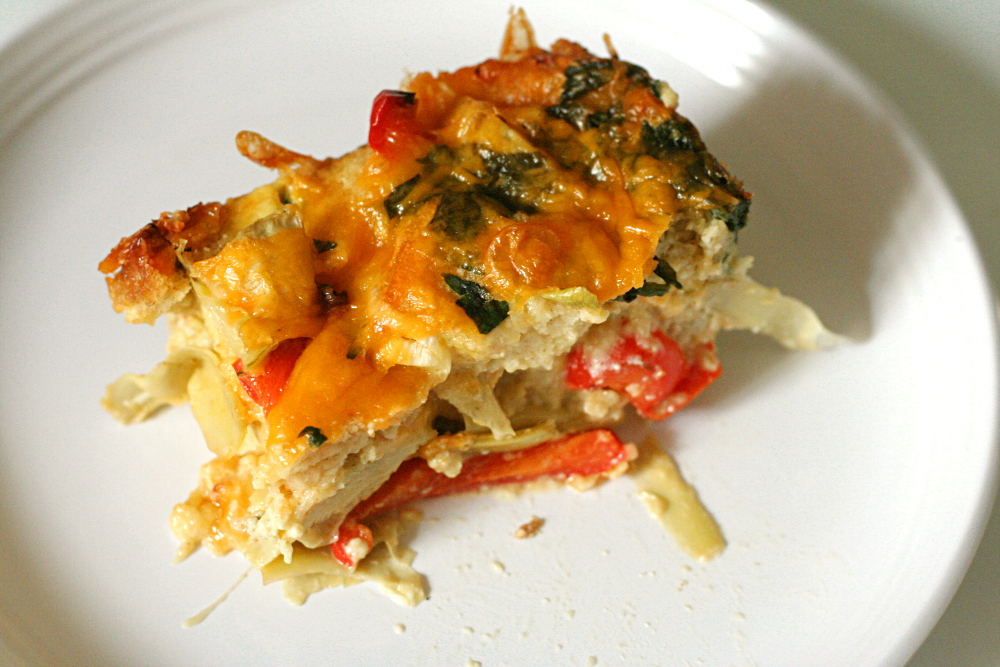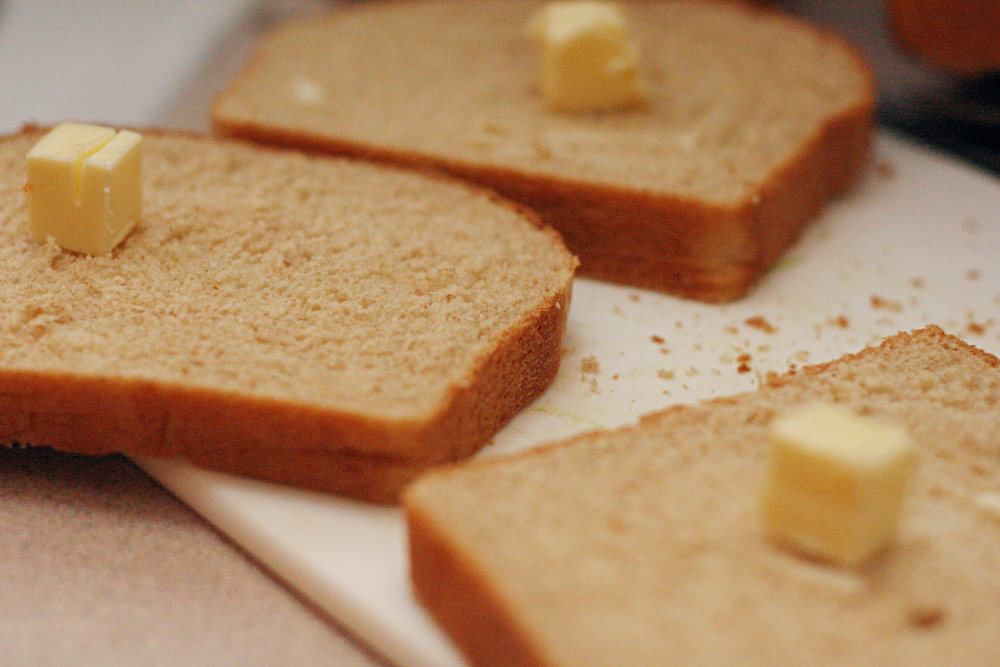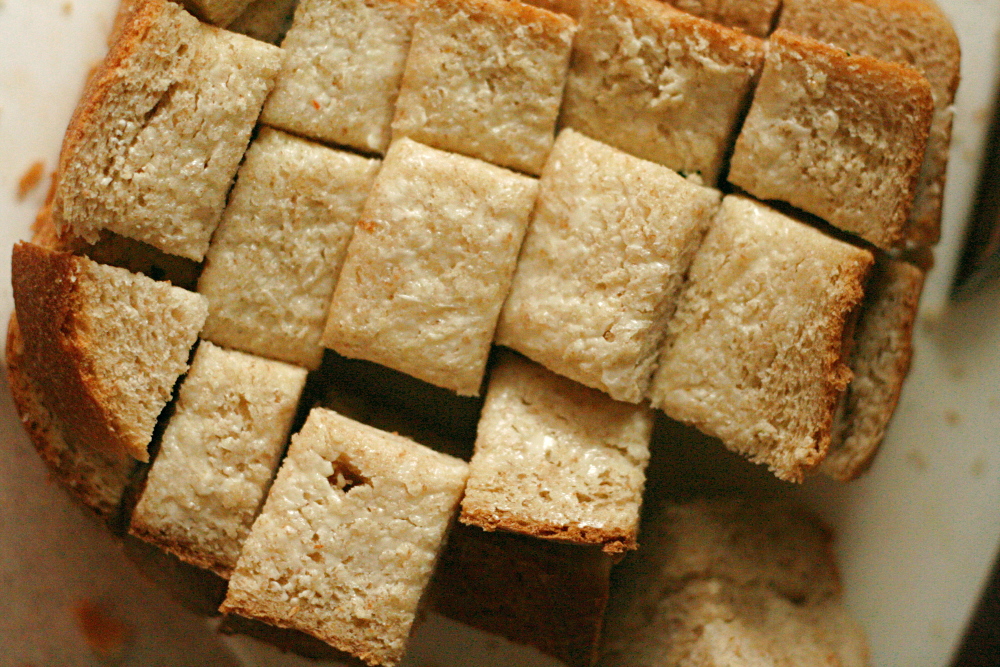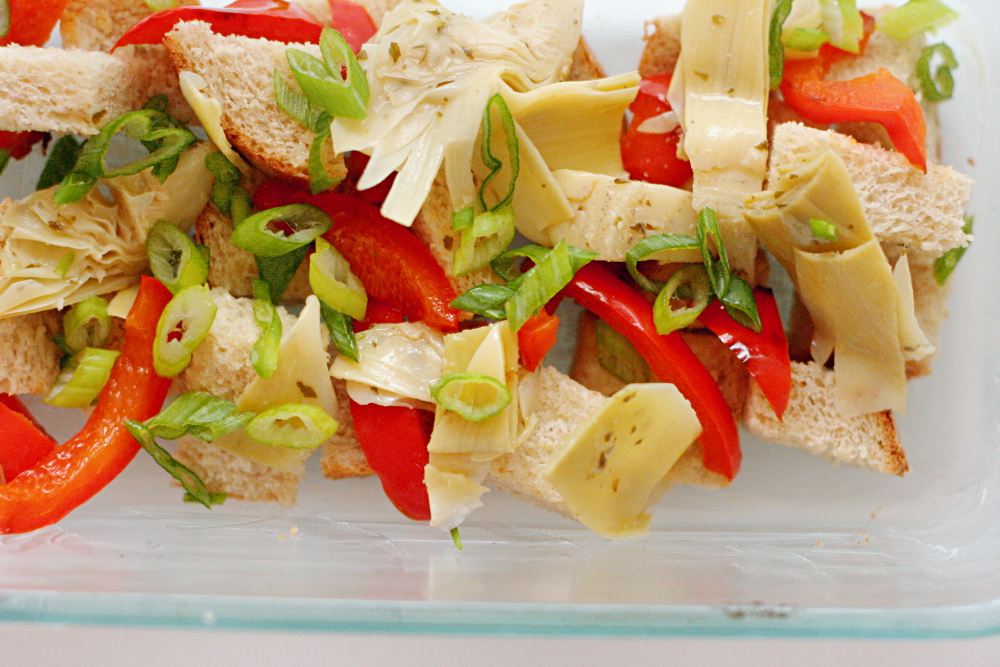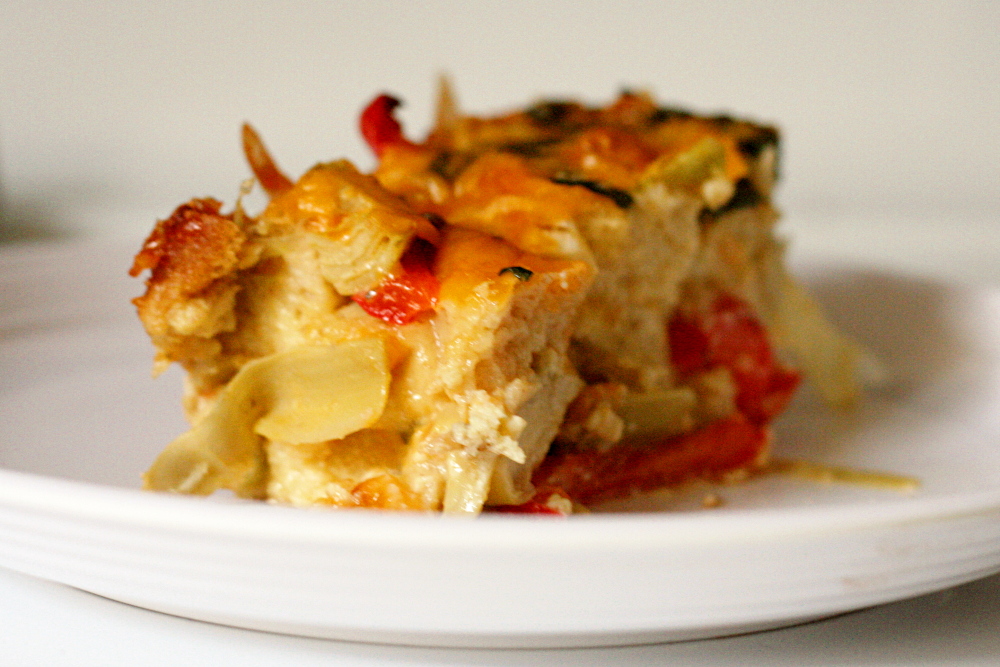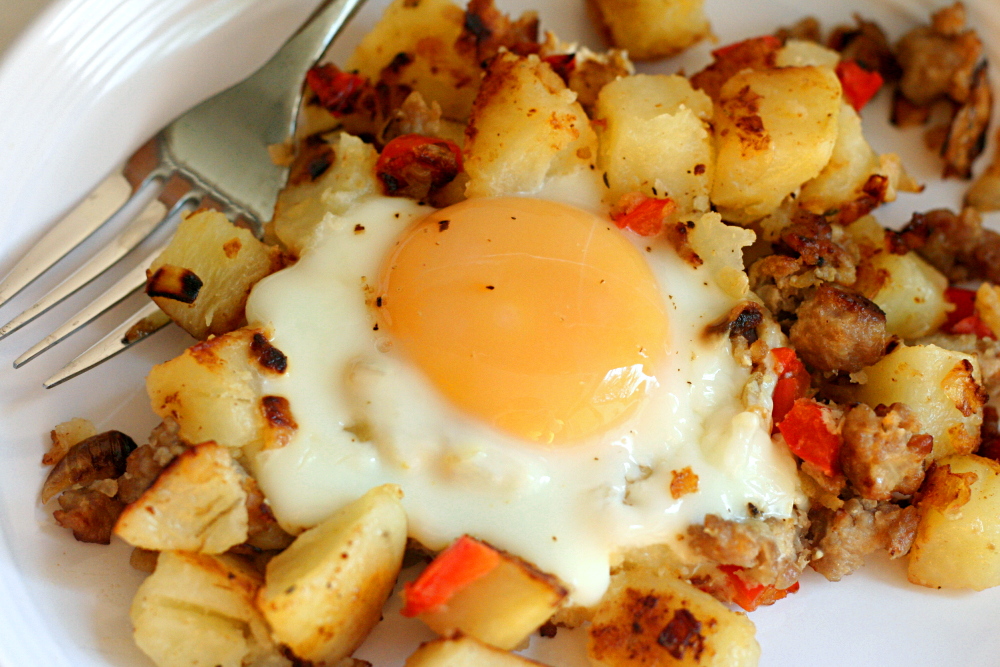There’s nothing not to like about this recipe. It’s eggs-on-stuff, and I love eggs-on-stuff, especially when the stuff is onions, mushrooms, and spinach. And then it’s sprinkled with parmesan. What a perfect flavor combination.
You know the only thing this recipe is lacking? Carbs. Ah, starch. Carbs in any form would be good, but I’m thinking especially of either adding cubed parboiled potatoes with the onions, or serving the whole thing on top of toast. Or hash browns.
And that gives me an excuse to make this again…soon.
Baked Eggs with Spinach and Mushrooms (from Gourmet June 2004 via Smitten Kitchen)
Serves 4
10 ounces baby spinach leaves
¼ cup finely chopped onion
1 garlic clove, finely chopped
2 tablespoons unsalted butter
5 ounces mushrooms, thinly sliced (2 cups)
⅓ cup heavy cream
¼ teaspoon salt
¼ teaspoon black pepper
⅛ teaspoon freshly grated nutmeg
4 large eggs
2 tablespoons finely grated parmesan
Put oven rack in upper third of oven and preheat oven to 450F.
Bring ½ inch water to a boil in a 10- to 12-inch ovenproof heavy skillet (not cast-iron), then add half of spinach and cook, turning with tongs, until wilted, about 30 seconds. Add remaining spinach and wilt in same manner, then cook, covered, over moderately high heat until spinach is tender, about 2 minutes. Drain in a colander and cool under cold running water. Gently squeeze handfuls of spinach to remove as much liquid as possible, then coarsely chop.
Wipe skillet dry, then cook onion and garlic in butter over moderately low heat, stirring, until softened, 2 to 3 minutes. Add mushrooms and increase heat to moderate, then cook, stirring, until mushrooms are softened and have exuded liquid, about 3 minutes. Stir in cream, salt, pepper, nutmeg, and chopped spinach and bring to a simmer. Remove skillet from heat and make 4 large indentations in spinach mixture. Break an egg into each indentation and bake, uncovered, until egg whites are set but yolks are still runny, 7 to 10 minutes. Lightly season eggs with salt and pepper, then sprinkle with cheese.










